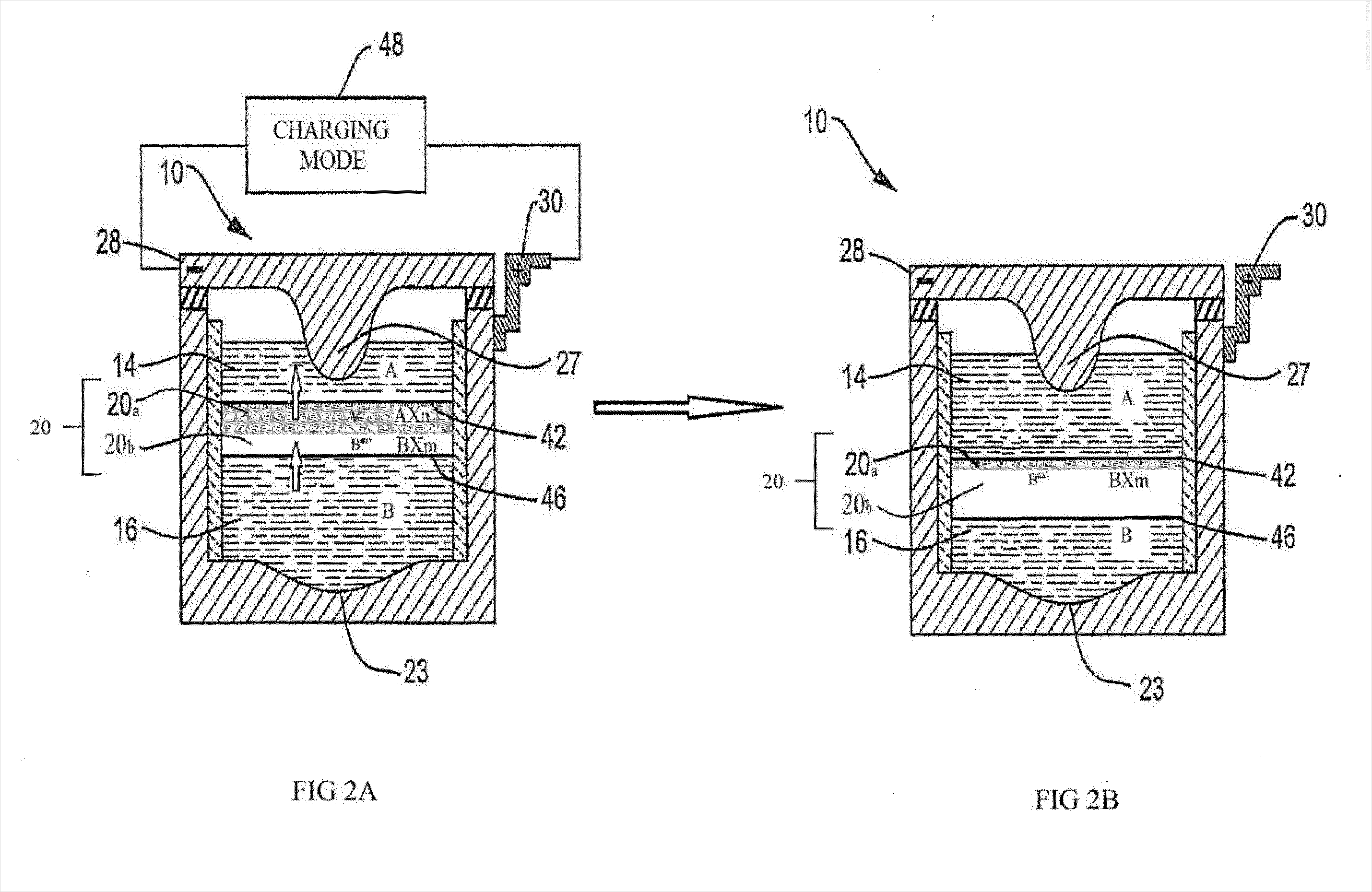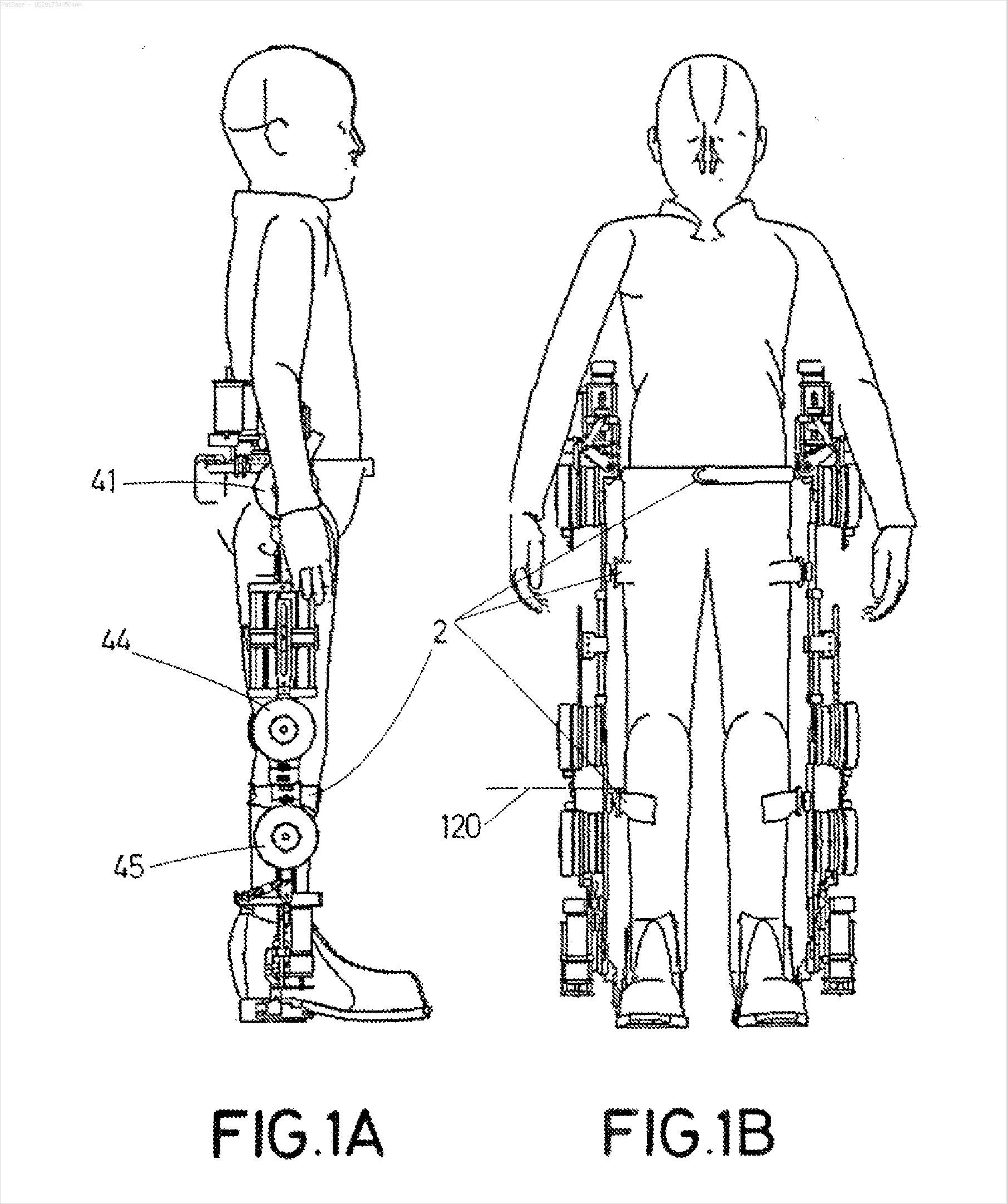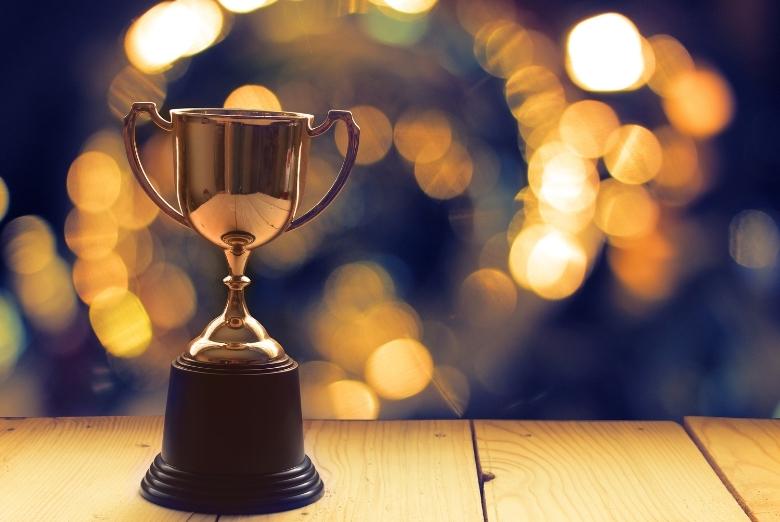European Inventor Award 2022 winners: Recognising their contribution to the UN’s Sustainable Development Goals
The way we live is constantly changed and influenced by inventors and their new inventions. These developments shape the course of history and the future of society. With this in mind, the annual European Inventor Award launched in 2006 by the European Patent office (EPO) aims to celebrate the best and most innovative technological breakthroughs. This year’s winners come from a range of industries, from waste management to medical technology and energy storage. Let’s take a closer look at the award-winning innovations chosen for their contribution to the UN’s Sustainable Development Goals.
European Inventor Award winners
French inventor Claude Grison received the European Inventor Award 2022 in the “Research” category for her use of plants to extract metals from polluted soil. These metal elements are then used as “ecoocatalysts” to make new molecules for the chemical, pharmaceutical and cosmetic industries.
Taking the award for the “Non-EPO countries” category is MIT professor and chemist Donald Sadoway with his liquid metal battery technology. Contrasting to existing batteries, this invention is made from locally sourced and reusable metals that can be recharged for years without losing capacity.

EP2973837B1 High amperage batteries with displacement salt electrodes image (source: PatBase)
Estonian scientists Jaan Leis, Mati Arulepp and Anti Perkson took home the award for the “Industry” category. They optimised a material called curved graphene to make more powerful and longer lasting ultracapacitors that are 30% more efficient than regular batteries.
The “Small enterprise” award went to a joint Swiss French team led by Madiha Derouaziand Elodie Belnoue for their new medical platform to make cancer vaccines that help the immune system recognise and destroy cancer cells.
Spanish professor Elena Garcia Armada took home the “Popular Prize” award for developing an adaptable robotic exoskeleton for children who use wheelchairs. This invention enables children to walk during muscle rehabilitation therapy, thus improving their well-being and life expectancy.

EP3225363B1 Exoskeleton for assisting human movement image (source: PatBase)
The “Lifetime Achievement” award was given to Hungarian biochemist Katalin Kariko. Together with American Drew Weissman, she patented a method to prevent RNA from inducing an immune response, this is essential for mRNA vaccines to work. The technology has been used by Pfizer-BioNTech and Moderna for COVID-19 vaccines, potentially saving millions of lives and could be used in possible therapies for cancer and heart disease.
Young Inventors Prize
The inaugural Young Inventors Prize was held for the first time this year to recognise the achievements of pioneers aged under 30, with the aim to encourage the next generation of inventors. The prize rewards those working towards solutions for sustainability-related problems linked to the United Nations’ 17 Sustainable Development Goals.
Erin Smith from the US invented an AI-powered app that enables the early detection of Parkinson’s disease with 95% accuracy 5 to 10 years before diagnosis by recording facial expressions. This ground-breaking technology allowed her to come in joint first place for the Young Inventors Prize.
Sharing first place with Erin are Victor Dewulf from Belgium and Peter Hedley from the UK who have developed an AI-driven waste recognition and sorting system. The systems algorithms enable more accurate sorting, thus improving the recycling process and allowing more waste to be recycled whilst reducing the production and consumption of carbon-intensive materials.
Finally, Rafaella de Bona Goncalves from Brazil came in as the runner-up for her biodegradable sanitary products using harvest waste for disadvantaged groups in her country. She initially designed a toilet paper-like roller with connected sheets of pre-cut absorbents that can be torn off and rolled up into tampons of any size. She then developed another product which can either be used as a sanitary pad with adhesive strips or converted into two tampons. Both products are sustainable and free to those who cannot afford them.
All of this year’s winners and finalists are pioneers in their respective fields, bringing exciting new innovations to the table with an all-important focus on sustainability. Many have patented their inventions to protect their ideas and used patent data to guide their research (click here to view their patents in PatBase). Originating from various countries such as Brazil, France, Switzerland, the US, Belgium, the UK, Hungary, Spain and Estonia, all of which are covered by the extensive data set in PatBase. Minesoft’s PatBase Analytics allows innovators and R&D teams to gain an accurate and visual overview of a technology landscape, enabling them to make strategic business decisions. To find out how PatBase Analytics can support your team visit our website.

